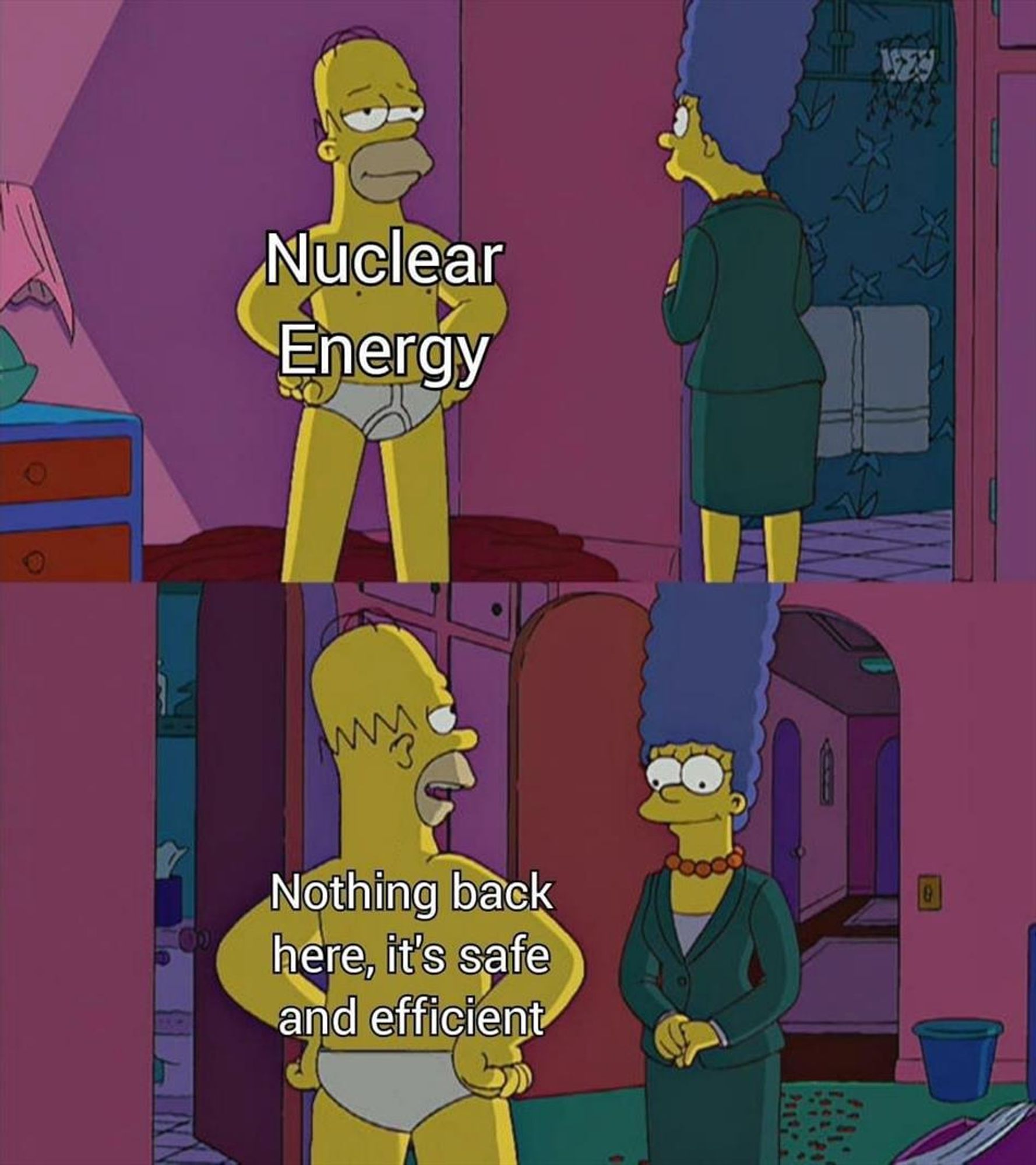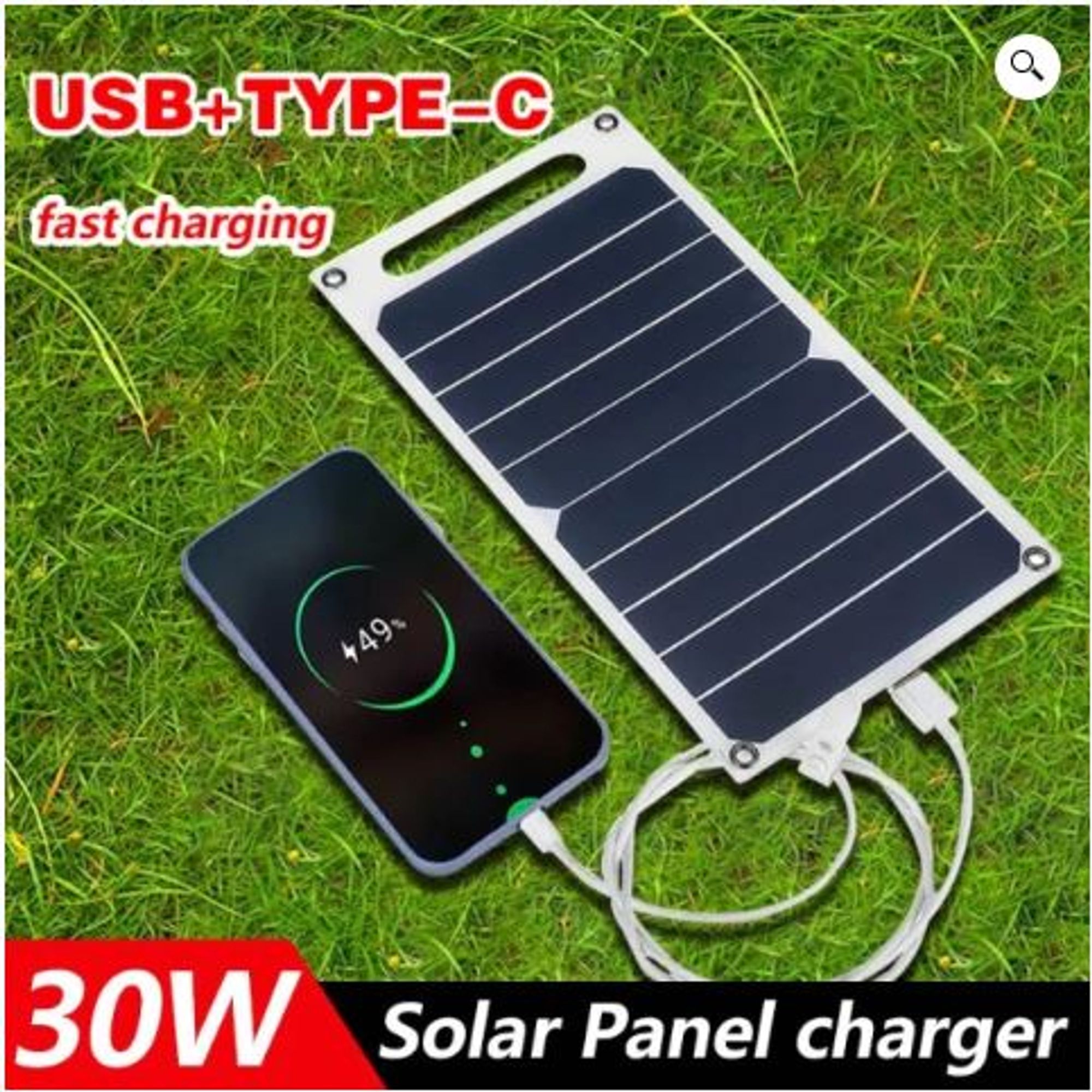A global success story! 🌍 Rapidly-built #CANDU#NuclearEnergy#CleanEnergy#GlobalInnovation#SustainablePower
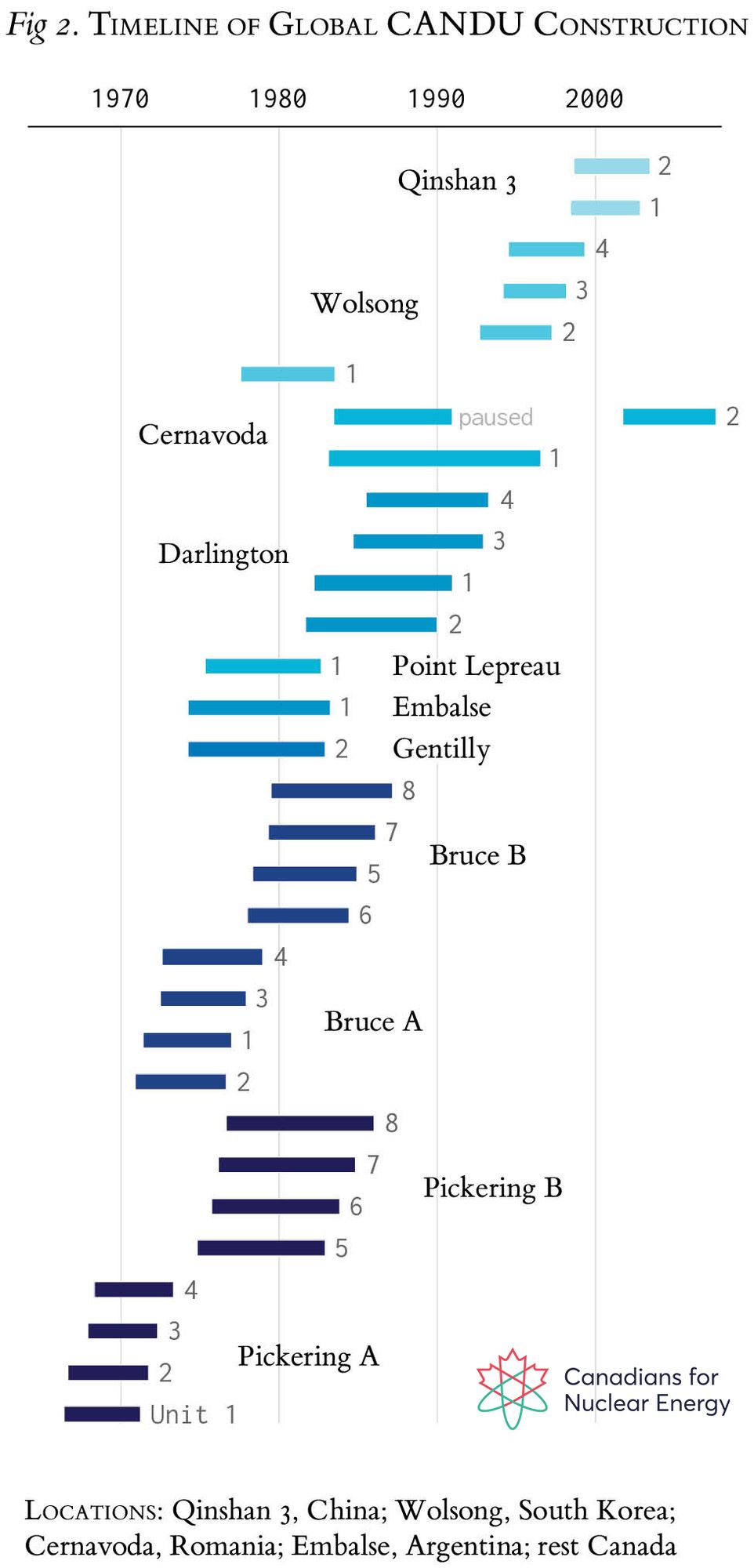
So many unnecessary, counter-productive gymnastics… #Nuclear#NuclearEnergy#NuclearPower#CleanEnergy#SustainablePower#SustainableFuture#NuclearInnovation#LowCarbon
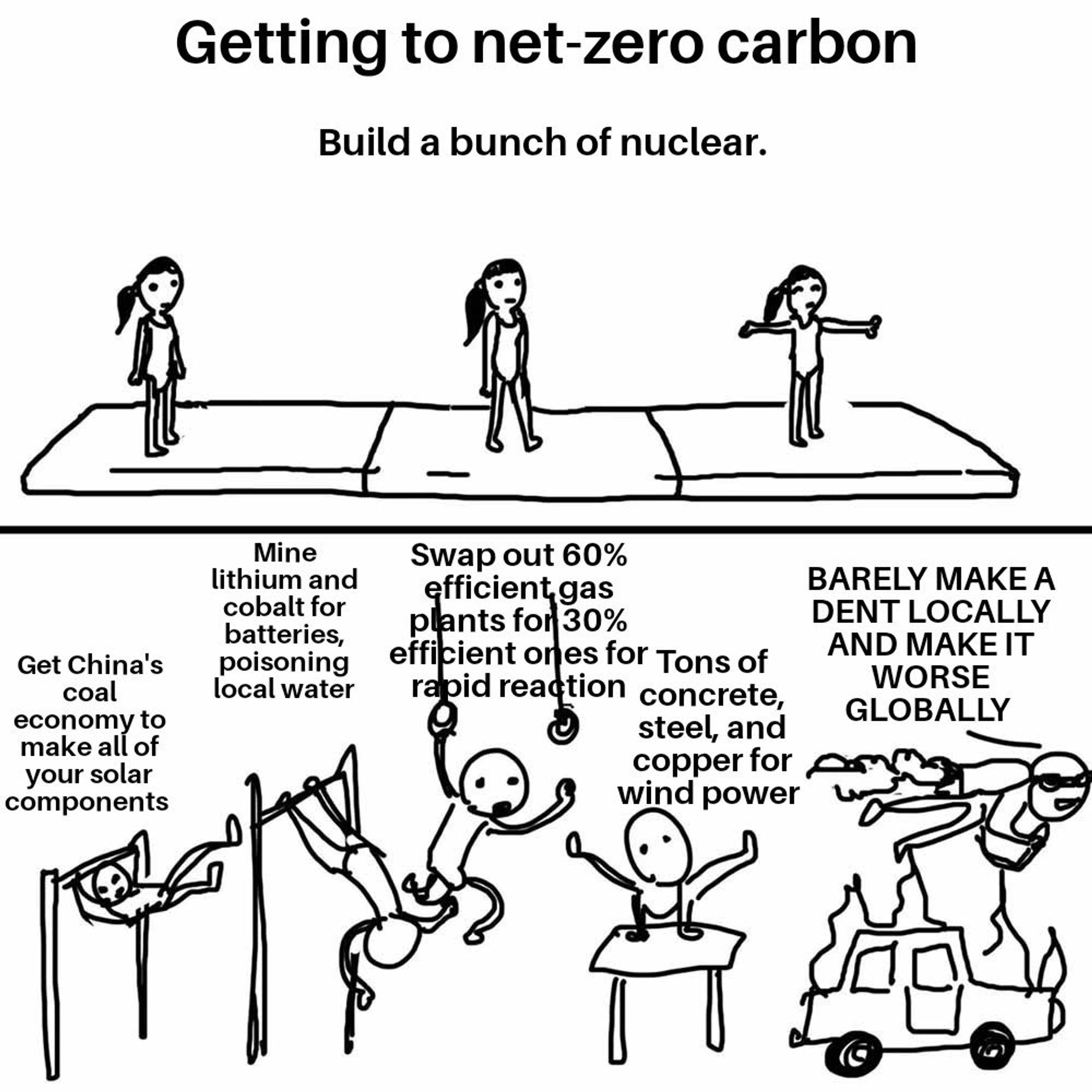
The Defenestration of Pragmatism #Nuclear#NuclearEnergy#NuclearPower#CleanEnergy#SustainablePower#SustainableFuture#LowCarbon

Remember the KISS principle: Keep It Simple, Silly! #Nuclear#NuclearEnergy#NuclearPower#CleanEnergy#SustainablePower#SustainableFuture#LowCarbon
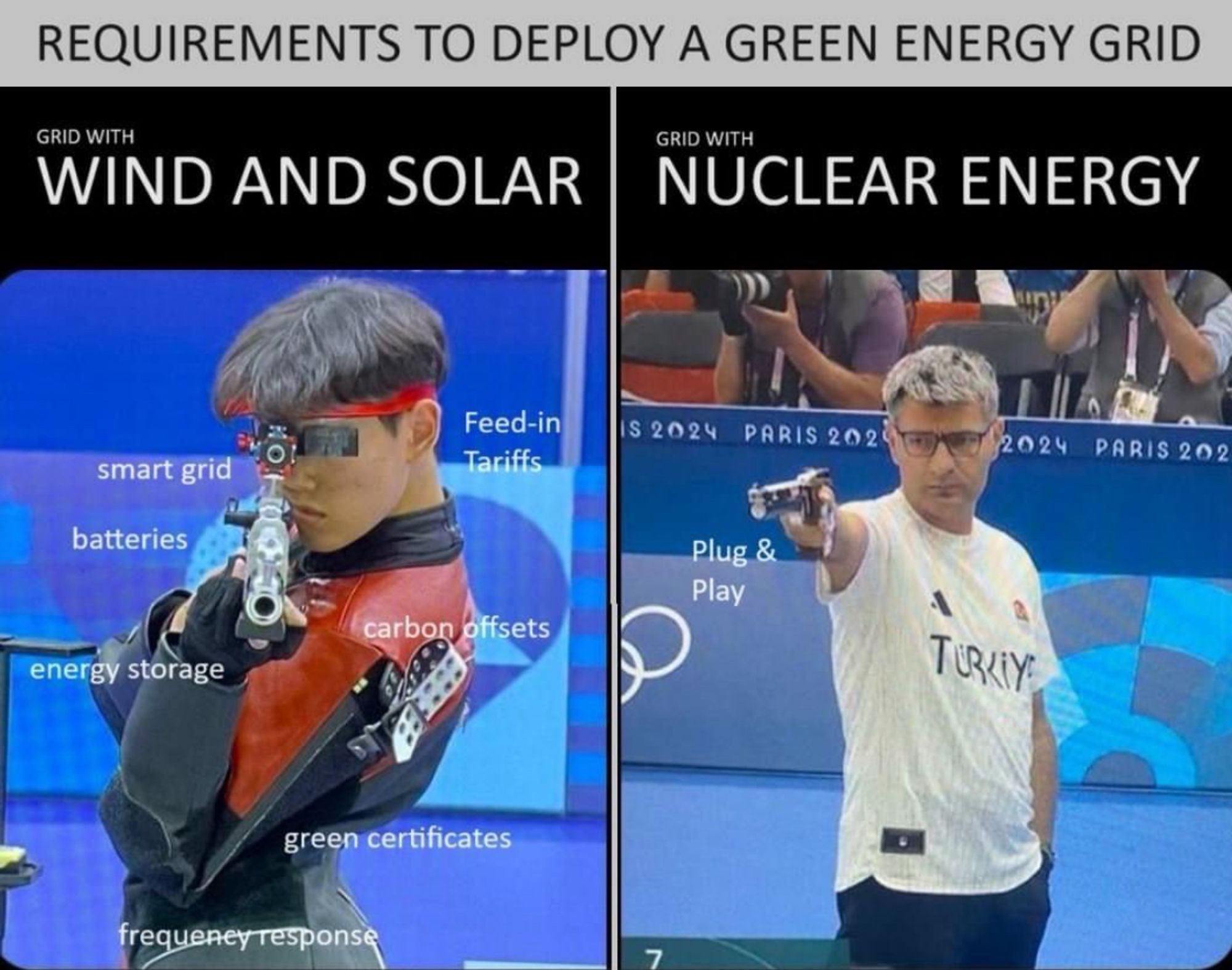
💡 Looking for truly reliable and efficient clean energy? Nuclear power has got you covered! 💪🌍⚡️Let's harness its power for a sustainable future! 🌱⚛️💚 #Nuclear#NuclearEnergy#NuclearPower#CleanEnergy#SustainablePower#SustainableFuture#NuclearInnovation#LowCarbon

Nuclear energy is a powerhouse with minimal land use requirements, making it a truly sustainable choice for the future! 🌍⚛️ #Nuclear#NuclearEnergy#NuclearPower#CleanEnergy#SustainablePower#SustainableFuture#NuclearInnovation#LowCarbon

Nuclear energy is a powerhouse with minimal land use requirements, making it a truly sustainable choice for the future! 🌍⚛️ #Nuclear#NuclearEnergy#NuclearPower#CleanEnergy#SustainablePower#SustainableFuture#NuclearInnovation#LowCarbon
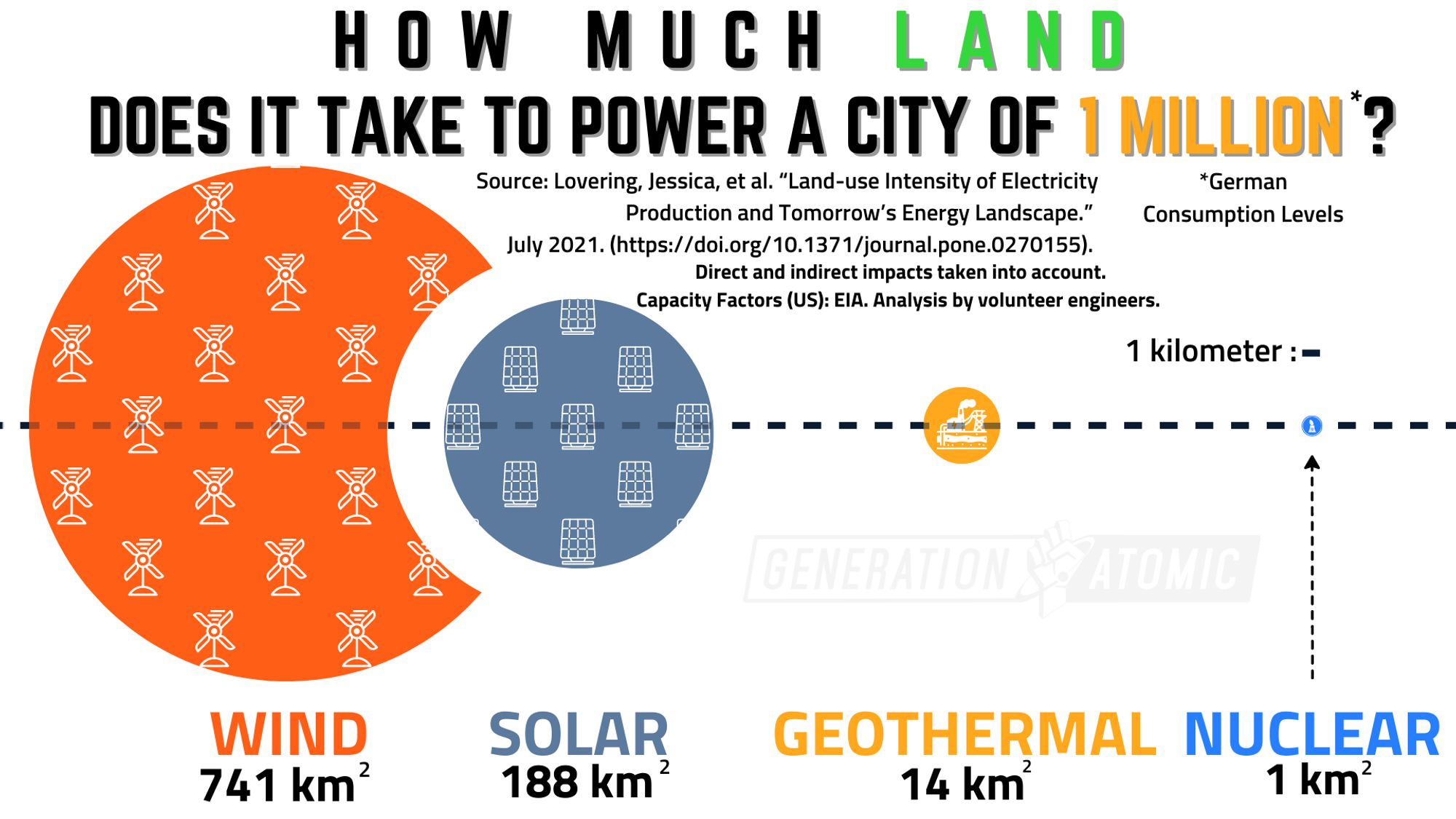
THE most efficient, reliable, and cost-effective option — especially in the long term. #Nuclear#NuclearEnergy#NuclearPower#CleanEnergy#SustainablePower#SustainableFuture#NuclearInnovation#LowCarbon
